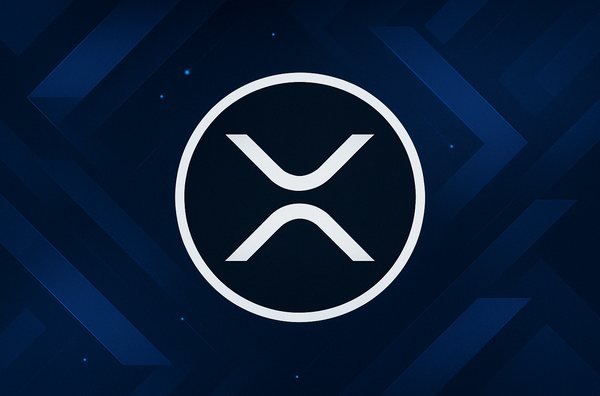TLDR
- XRP burned just 163 tokens in a single day, down from higher levels earlier.
- XRP’s current circulating supply is nearly 60 billion with no major burn changes.
- XRP’s price struggles under a downward channel, with key supports at $2.99.
- Ripple needs to expand utility as the burn rate becomes almost irrelevant.
XRP, once a token that relied on transaction fee burns to manage its supply, has seen a drastic decline in its burn rate. The reduction in the number of XRP burned has raised concerns over the long-term viability of the token’s scarcity-driven growth. This trend leaves questions about XRP’s future as its burn rate continues to drop to near-zero levels.
Declining XRP Burn Rates
Over the past few months, the amount of XRP burned through transaction fees has significantly decreased. As of September 21, 2025, only 163 XRP was burned in a single day, a stark contrast to the higher burn levels observed in July and early August.
This sharp decline is alarming for those who have viewed XRP’s burn mechanism as a way to reduce supply and drive up scarcity. The burn rate is essential in understanding how much XRP will be in circulation, and with fewer tokens being removed, questions arise about the long-term implications for the asset.
Unlike Ethereum, which burns a portion of transaction fees through the EIP-1559 mechanism, or Shiba Inu, which actively conducts burns, XRP’s burn is strictly tied to its transaction fees. Each time a user conducts a transaction, a small amount of XRP is destroyed, typically a fraction of a penny.
However, with a shrinking burn rate, this mechanism no longer has the same impact on supply. As a result, XRP’s circulating supply remains high, contributing to concerns over the token’s price dynamics and growth prospects.
The Role of XRP’s Supply Mechanism
XRP’s burn mechanism was once considered a key factor in driving scarcity and, by extension, price appreciation. However, the drastic reduction in burns raises questions about whether this mechanism is still effective.
The XRP network currently operates with nearly 60 billion tokens in circulation, and without a robust burn process, the supply remains largely unaffected. In contrast, networks like Ethereum have built-in mechanisms to reduce supply, helping to create more scarcity over time.
The limited burning of XRP presents a challenge for the Ripple network as it looks to bolster its position in the cryptocurrency space. Without a stronger burn mechanism or another way to manage its token supply, XRP may struggle to create the level of scarcity needed to justify its price growth. This leaves Ripple with the task of finding new methods to influence XRP’s supply, potentially looking to expand the utility of its blockchain to drive more demand.
XRP’s Downward Price Channel
Recent price charts for XRP show a downward channel, signaling that the token’s price has been under pressure. The key support levels are at $2.99 and $2.83. If XRP fails to maintain these levels, the price may continue to decline. In the context of reduced burns and a stable supply, this downward trend suggests that XRP may have difficulty reaching higher price levels unless external factors, like increased institutional adoption, come into play.
Without an effective supply reduction mechanism, XRP’s price growth seems increasingly reliant on broader market trends or speculation rather than tokenomics. Investors may need to reconsider their strategies and expectations regarding XRP’s future price potential.
Ripple’s Need for Increased Utility
For XRP to regain its momentum, the Ripple ecosystem will need to expand its on-chain utility significantly. The current low burn rate suggests that price appreciation will not come from supply reduction alone.
XRP will have to see increased adoption and use cases beyond just being a bridge asset in cross-border payments. If the Ripple network can tap into new markets or applications, it may see growth despite the lack of a strong burn mechanism.
The long-term success of XRP may now depend more on institutional interest and real-world use than on the traditional supply-and-demand dynamics fueled by burning tokens. As the burn rate continues to fall, the focus may shift to how Ripple can diversify its use case and gain more market adoption in the future.






